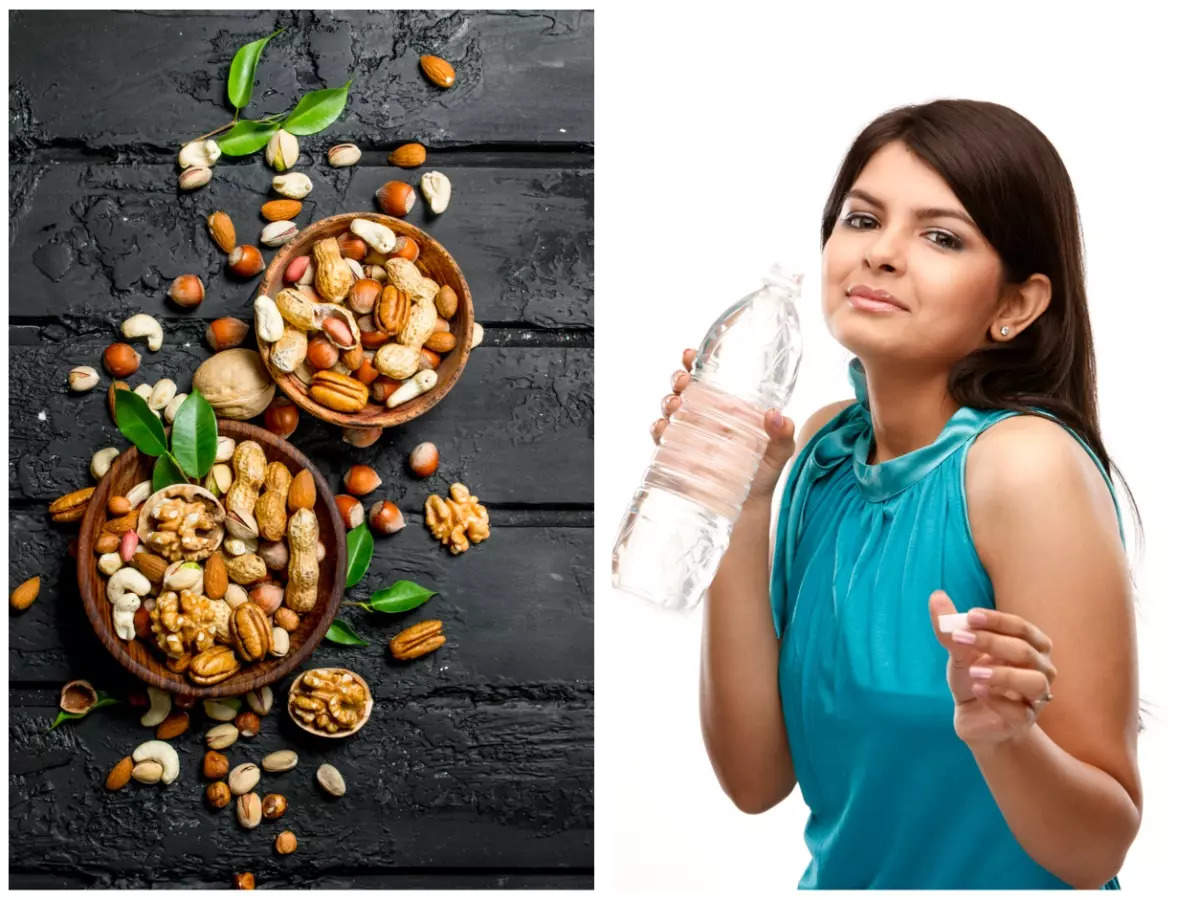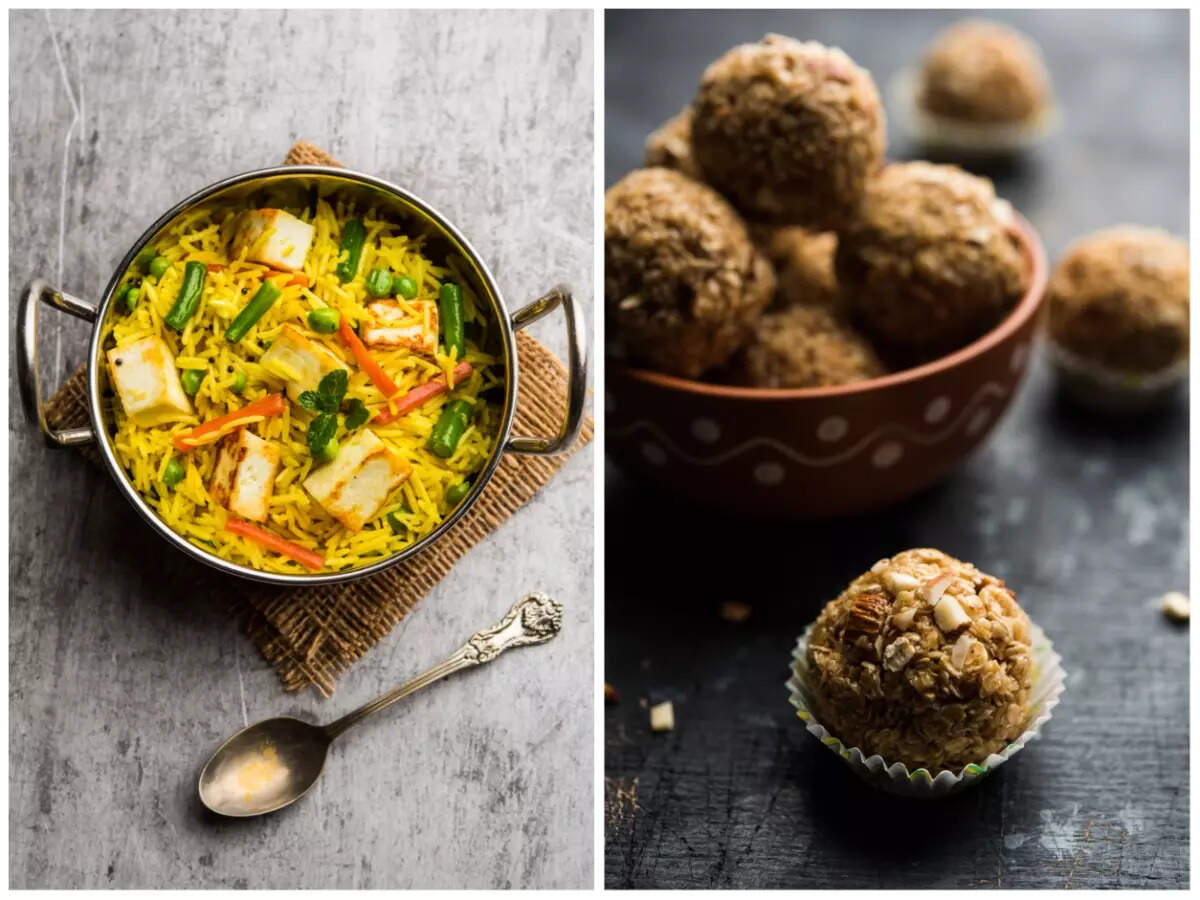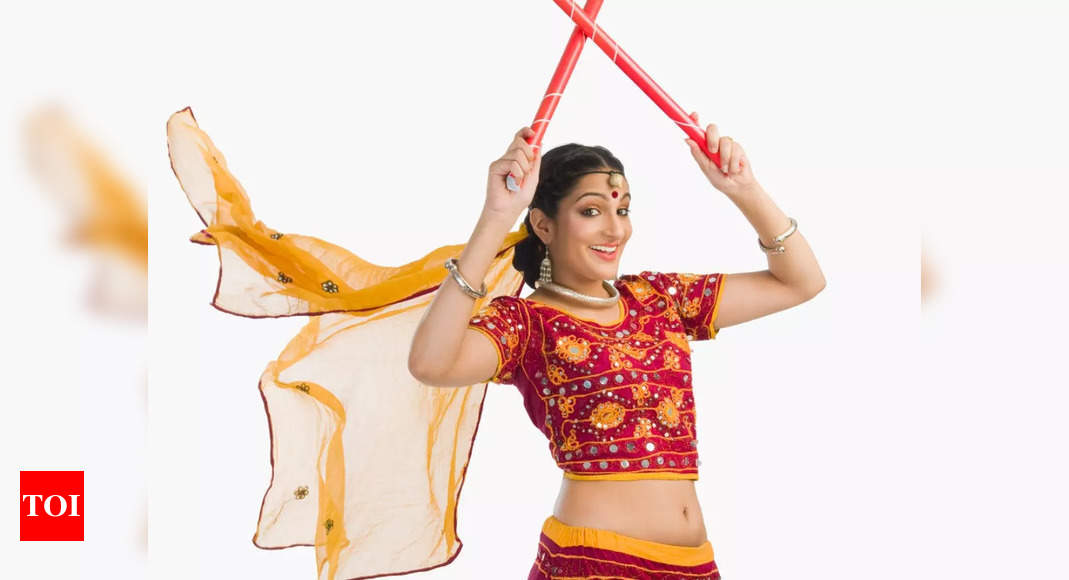Navratri: The smart diet plan to look your best during the festival – Times of India
So, what does one eat?
Explains Shruti, “Fasting rules vary from region to region. I know people who eat fruits and milk for nine days, others who eat only one meal a day, and others who avoid adding salt. There is no right or wrong; it all comes down to what you’ve been doing in your community and belief system. Regardless of whether you are keeping a fast, everyone during Navratri follows a ‘Satvik diet’ and avoids certain vegetables like onion, garlic, okra, brinjal, and mushrooms. Some vrat-friendly flour (kodu, samai, sanwa, sago, singhada flour), vegetables, fruits, etc. Incorporate in this in your diet to feel wholesome and energetic.”
Here are her key diet dos and don’ts

1. Binge less on navratri snacks and add various nutrient-filled dishes during this time.
2. Keep your body hydrated, as many of you might indulge in fasting for nine days. Drink plenty of water pre and post-fasting meals. Dehydration can occur if you go for hours without drinking any water.
3. Always eat a pre-fast meal; it helps the body sustain itself throughout the day without food. Instead, choose light and healthy foods such as fruits, milk, nuts, etc.
4. Avoid strenuous exercise while fasting. A brisk walk can be included, but you should avoid heavy workouts such as running or swimming for long periods.
5. Improve your nutrition while fasting. That is, if you eat less, your nutritional quality becomes even more important for your body. Items high in sugar, such as fried parathas loaded with ghee, pakoras, chips, khoya sweets, halwas, and so on, should be avoided.
6. After a long fasting period, eat healthily; it will not spike the blood sugar levels. Main meals should be nutritious and light. Whole grains and less oily preparations should be used. Chew your food thoroughly to avoid overeating, gas, nausea, and acidity.
How to swap regular meals with Navratri dishes
It’s not difficult to do so. Shruti Naidu shares some tips…

1. Soya pulao with veg raita
Swap it with: Samak rice+vrat vali paneer curry+salad
2. Paratha+pickes+curd
Swap it with: Varagu dosa+chutney /Samo rice upma
3. Coffee+ biscuits
Swap it with: Banana with a nut shake
4. Besan laddoo
Swap it with: Oats laddoo
5. Namkeen
Swap it with: Roasted makhana with nuts
6. Chapati+sabzi+curd
Swap it with: Kuttu ka atta ki puri+sweet curd potato sabzi
For all the latest lifestyle News Click Here

